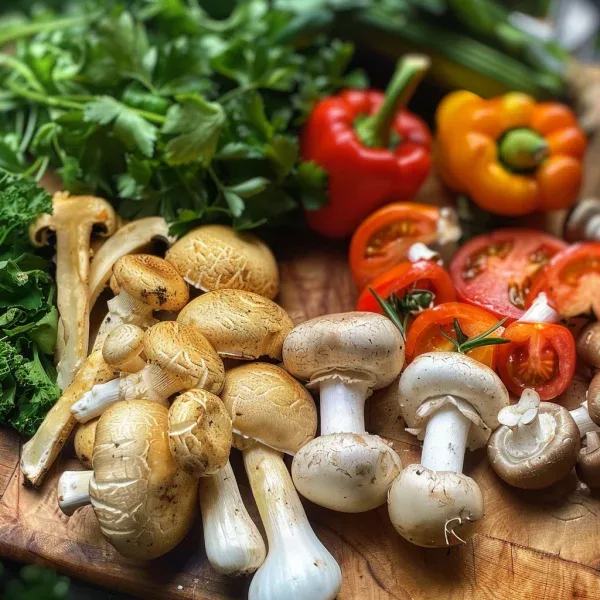by Nadia Sinclair

Ever asked yourself why losing belly fat seems to be more challenging as you age? Recent scientific revelations shed light on this frustrating phenomenon. It turns out that our ‘lipid turnover,’ which determines how fats are stored and removed, decreases as we age. This could lead to weight gain, even if there are no significant changes in our diet or exercise routines.
There’s a silver lining to this situation, though. You can claim the reins of your diet and leverage the incredible power of fungi in your gut to keep bloating and belly fat at bay. This fungi-friendly diet, known as the mycobiome diet, can have astounding effects on your gut health within just 24 hours.
What is a Gut Mycobiome?
You might be familiar with the term microbiome, a thriving ecosystem of bacteria within our bodies responsible for maintaining our digestive health. The lesser-known mycobiome, however, is the community of fungi residing inside us. Recent studies suggest that a poor fungi balance can trigger weight gain, bloating, low energy, and even worsen Irritable Bowel Syndrome (IBS) and Crohn’s.
Your mycobiome changes with each meal. Thus, your dietary choices can make a significant impact on your gut’s fungi, influencing weight, feelings of well-being, immune response, and inflammation levels. By making fungus-friendly food choices, you can maintain a slim figure and enjoy myriad health benefits.
Understanding the Good and Bad of Fungi
Scientists have long explored the considerable health benefits of cultivating a rich flora of good bacteria in the gut. Recently, the spotlight has also brightened on the role fungi play. There are good fungi, such as Penicillium chrysogenum, and bad ones, like Candida Albicans. The former can fight off harmful bacteria and are found in abundance in vegetarians, while the latter can disrupt digestion and cause bloating, especially when consumed in high-sugar diets.
Rebalancing Your Gut Mycobiome
Several factors can knock your gut fungi and flora out of balance, including stress, poor diet, illness, or the use of antibiotics. Disturbances in the gut can even lead to health issues ranging from bad breath and bloating to mental health problems like depression. An ideal way to remedy this imbalance is through managing diet and introducing foods that dissolve harmful biofilms, which can protect dangerous microbes from the immune system. This includes foods rich in polyphenols like green tea, garlic, and berries.
Shaping Up with The Mycobiome Diet
Adopting the mycobiome diet can provide rapid results in boosting your energy level and alleviating gastrointestinal discomfort. You can notice visible changes in weight after four weeks of mindful eating designed to balance your gut fungi. The longer you follow this diet, the more your entire microbiome will benefit, resulting in improved immunity, reduced inflammation, fewer digestive problems, easier weight loss, and a brighter mood.
Here’s a gist of how the mycobiome diet works. This diet encourages diversity in vegetables, regular intake of starch-resistant legumes, and daily doses of biofilm-busting apple cider vinegar. It also emphasizes choosing whole foods, healthy proteins, good fats, and resistant starches. Foods like alcohol, sweeteners, and processed meats should be entirely avoided.
Although the primary aim of the mycobiome diet isn’t merely weight loss, it can indeed aid in shedding those stubborn extra pounds around your waist. The diet enriches the body with anti-inflammatory microbes, helped by an increased intake of anti-inflammatory vegetables, helping combat chronic inflammation, a prime cause of weight gain.
So, dear readers, it’s time to harness the benefits of the mycobiome diet and enjoy a healthful, bloating-free life!
mycobiome diet, gut health, weight loss, fungi, belly fat, good bacteria, bad bacteria, balanced diet, intestinal microbiota, chronic inflammation, diet changes.
Leave a Reply